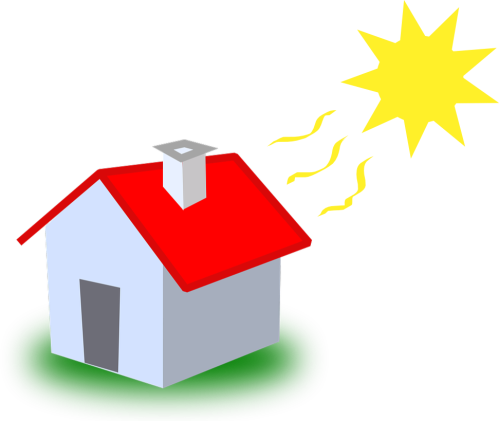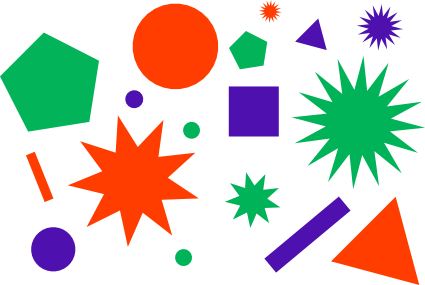Now that you’ve somehow gotten to this blog, you’re probably wondering, “Where am I? What is this ‘Center for Sustainable Nanotechnology’?”
Our “center” is actually a group of people who care about our environment and are doing collaborative research to help ensure that our planet will be habitable hundreds of years from now – in other words, that the things we do every day as humans will be sustainable in the long run.
Now you’re probably wondering what that has to do with nanotechnology, right? Well, it turns out that nanoparticles – chunks of materials around 10,000 times smaller than the width of a human hair – may provide new and important solutions to many of the world’s problems. For example, new kinds of nanoparticle-based solar cells are being made that could, in the future, be painted onto the sides of buildings.

There are even nanoparticle-containing batteries that can store 10x or maybe even 100x more energy in the same space. Nanoparticles in fuel cells can convert fuel directly into electricity without burning it, improving efficiency and reducing pollution.
How are nanoparticles able to do all this stuff?? The key idea is simple – what’s really important in many materials is their surface, and so the reason to use nanoparticles is that if you take a chunk of a material and chop it up into tiny pieces, there’s a lot more surface area in total than if it was just one big chunk. By chopping it up into tiny pieces we can get more “oomph” out of small amount of stuff, and do things like make better batteries, build more fuel-efficient cars, and reduce pollution.

What’s the (potential) problem? Well, these tiny little chunks of materials are so small that they can move around and do things in ways that we don’t fully understand. For example, really tiny particles could potentially be absorbed through skin. In the environment, nanoparticles might be able to be absorbed into insects or fish that are at the bottom of the food chain for larger animals, including us.
Before nanoparticles get incorporated into consumer products on a large scale, it’s our responsibility to figure out what the downsides could be if nanoparticles were accidentally released into the environment. However, this is a huge challenge because nanoparticles can be made out of different stuff and come in many different sizes, shapes, and even internal structures.

Because there are so many different types of nanoparticles that could be used in the future, it’s not practical to do a lot of testing of each kind. Instead, the people within our center are working to understand what the “rules of behavior” are for nanoparticles in general. If we understand the rules, then we should be able to predict what different types of nanoparticles might do, and we should be able to use this information to design and make new, safer nanoparticles.
In the end, it’s all about people working together, using science to create a better, safer, more sustainable world. We hope you will join us!

[…] numerous other posts on this blog (How to Avoid Bitter Coffee…, Why are Nanomaterials so special?, Nature’s Nanomachines Harnessed to Enable Healthier Delicious Ice […]
[…] we’ve talked about in previous posts, it’s the ridiculously small size of these particles that make them act differently than what […]
[…] how do the crystals get bigger? Well, as we talked about in the previous post, small crystals have more surface area compared to an equal mass of large crystals. This means that […]